Tropical plants blooming in late autumn/winter
huachuma
18 years ago
Related Stories
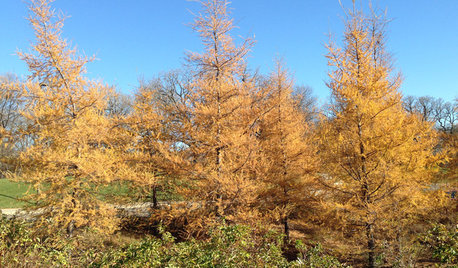
GARDENING GUIDESGreat Design Plant: Larix Laricina Glows Gold in Late Autumn
Plant tamarack for a beautiful late-fall golden display
Full Story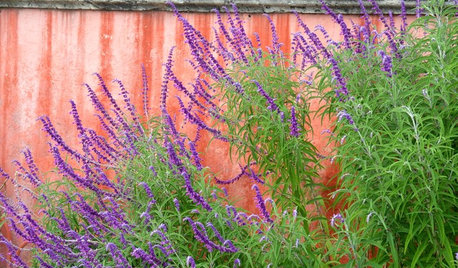
GARDENING GUIDES10 Plants for Colorful Fall Blooms in the Drought-Tolerant Garden
Want fall color but not a big water bill? Consider these not-too-thirsty fall bloomers
Full Story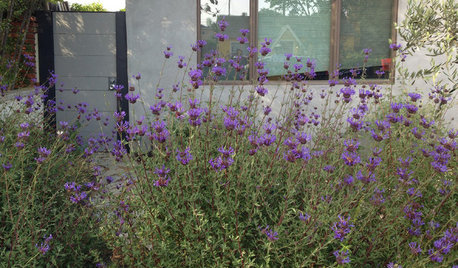
GARDENING GUIDES10 Late-Winter and Early-Spring Bloomers for the West
Tired of waiting for spring to arrive? Try these drought-tolerant, flowering plants for color that starts in late winter
Full Story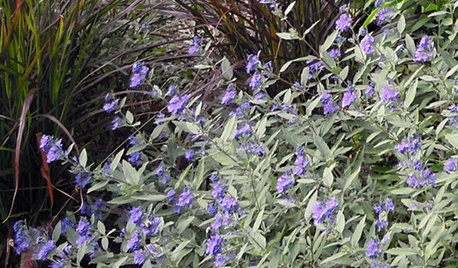
SHRUBS5 Glorious Late-Season Shrubs
Spilling over with berries or bursting with blooms, these stunning underused shrubs keep the garden party going through fall
Full Story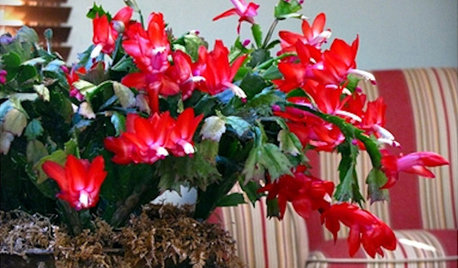
HOUSEPLANTSGreat Houseplant: Holiday-Blooming Cactus
You may know it as Christmas cactus, but whichever holiday floats your boat, this plant is a year-round beauty
Full Story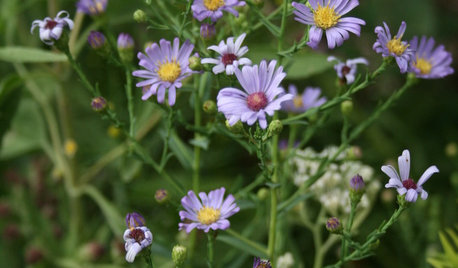
NATIVE PLANTSAutumn Joy: How to Get 3 Months of Fall Flowers
Enjoy blooms from September to November by mixing 6 asters native to different areas of the U.S.
Full Story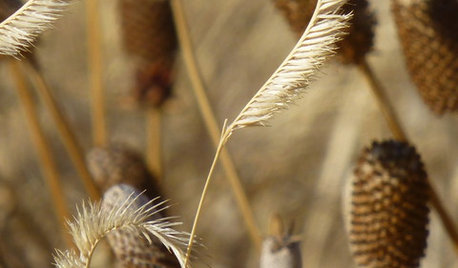
FALL GARDENINGAutumn’s Spent Flowers Enrich the Off-Season
The garden season never ends when you think beyond summer blooms
Full Story
GARDENING GUIDESGreat Design Plant: Amelanchier Signals Spring With Airy White Blooms
With roughly 20 species of serviceberry native to the U.S., bees can feed on the early-season blooms while birds enjoy the summer berries
Full Story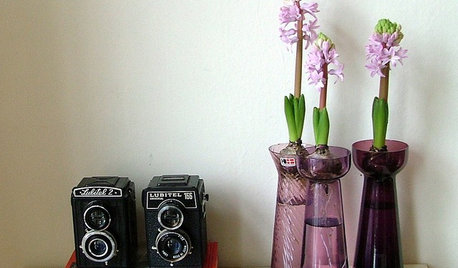
HOUSEPLANTSGet Spring-Like Hyacinth Blooms All Winter Long
Try one of these forcing methods for cheery, colorful flowers to brighten wintry days
Full Story
HOUSEPLANTSHow to Force Amaryllis Bulbs Indoors
Enjoy vibrant red blossoms even as gardens turn snowy white, by teaching this hardy repeat performer to ignore the calendar
Full StoryMore Discussions






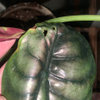
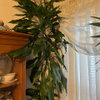
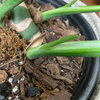
Minxie
poiu
Related Professionals
Fort Lee Landscape Architects & Landscape Designers · Fort Mill Landscape Contractors · Little Ferry Landscape Contractors · Melrose Park Landscape Contractors · Merced Landscape Contractors · Nashua Landscape Contractors · Nutley Landscape Contractors · Parkland Landscape Contractors · Royal Oak Landscape Contractors · Seminole Landscape Contractors · South Lyon Landscape Contractors · Tavares Landscape Contractors · Kingsburg Landscape Contractors · Quartz Hill Landscape Contractors · Merrifield Landscape Contractorsargus
sultry_jasmine_nights (Florida-9a-ish)
huachumaOriginal Author
poiu
jun_